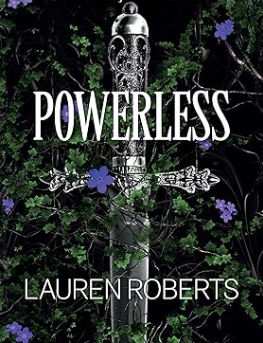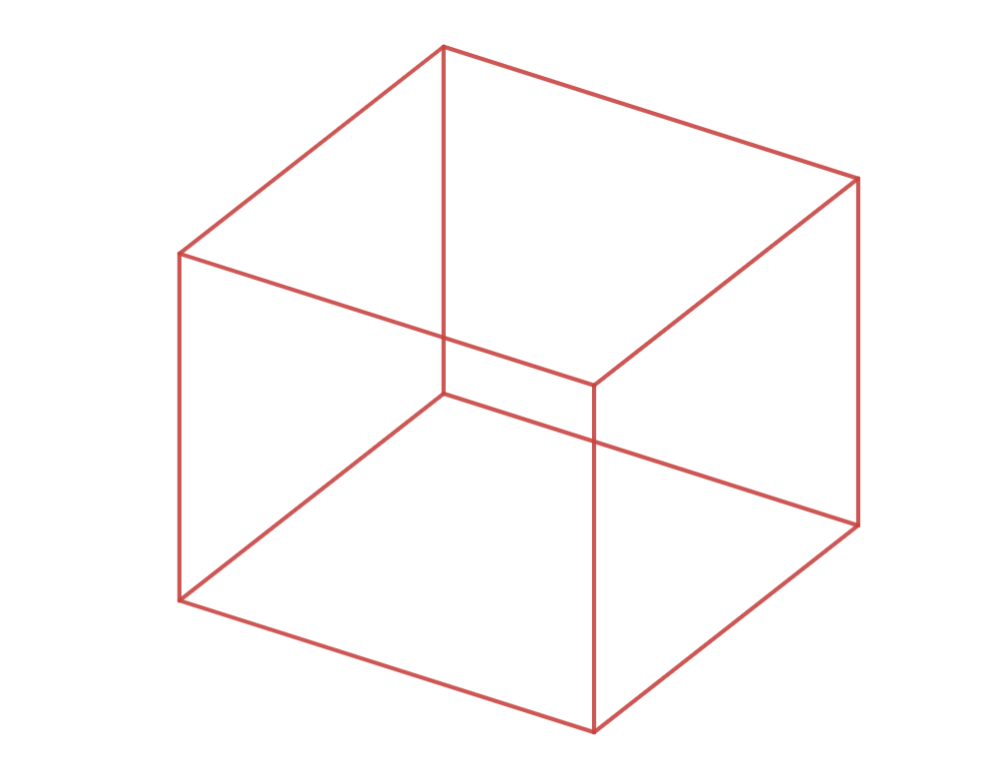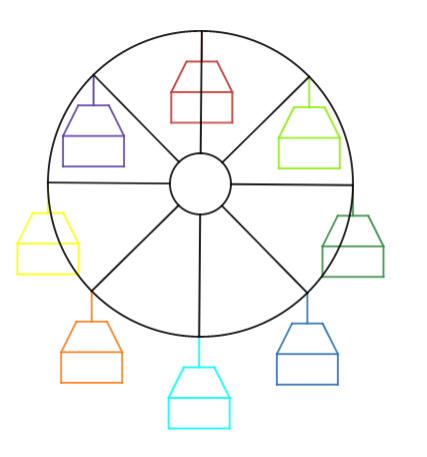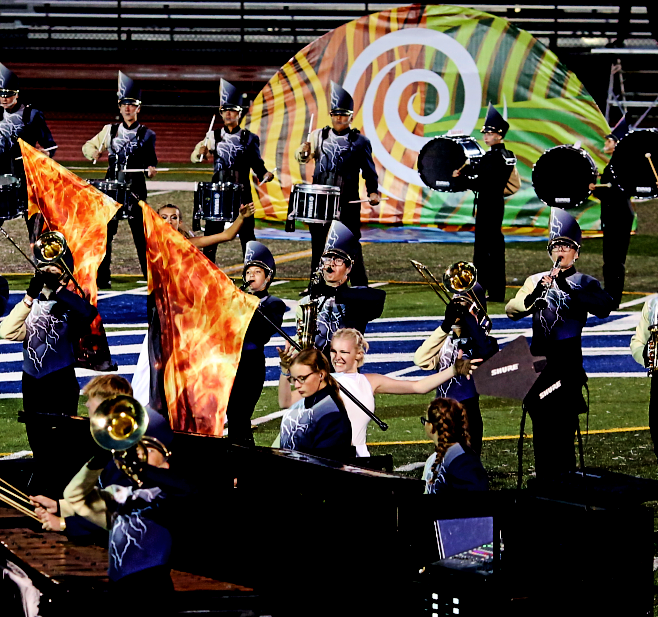[Author’s Note – This series is supposed to be read from the point of view of the average individual, in the average fantasy world. Of course, it’s entirely for fun, and to give some unique perspectives on some of the most well known creatures in the genre. After all, dragons are fascinating, especially the lore surrounding them in various cultures. While we may be going into depth on only a few select varieties, many of them being based in the worlds of D&D and other such tabletop games, or even imagination, I highly recommend doing research into the more mythological variants that you can see in the cultures around the world!]
Dragons are often regarded as some of the most powerful creatures in the land, and some of the most diverse, too. With their varied strengths and sheer elemental capability, it seems as if they’re able to shape their environment with ease, whether they are living amongst humans and the other races, or dominating some distant ecosystem. Some can be found in the highest peaks and mountains, others in the deepest caverns far below the cities of the surface. Dragons are everywhere, so long as you know where to look. No matter where they go, they have an impact, big or small, on all sorts of people, and all sorts of places.
But of course, this wide diversity makes them hard to categorize and to understand. With so many different draconic species present in this world of ours, who could possibly list them all? That is the exact purpose of this series of entries, to sort, study, and define the various aspects of a wide catalog of draconic species. While we may not be able to get through them all, we will certainly try, and provide a brief, yet in-depth and informative overview of each species! First, however, the broad strokes that exist within the species must be defined, before further detail and depth may be acquired.
Metallic Dragons
Metallic dragons and chromatic dragons are typically distinguished by the various colors of their scales, with metallic dragons tending towards—rather obviously—metallic colorations. These colors can range from deep coppers with speckles of green oxidation, to the brilliant sterling silver, to sunset golden. The sheer wide variety of dragons is well showcased within this subtype, as can be evidenced. Metallic dragons tend to be on the more altruistic side as well, compared to the chromatic dragons, who are rather cruel and hateful. There are 5 primary species within this category—although this is only a small subset of the whole group—gold, silver, bronze, copper, and brass. Each has a specific breath weapon as well; gold with impossibly hot fire, silver with bone-chilling cold, bronze with paralyzing electricity, copper with powerful acid, and brass dragons with a gas which induces sleep. Each and every one of them is powerful in their own right, as is any other dragon.
Chromatic Dragons
As mentioned, chromatic dragons are much crueler and are generally considered to be more evilly inclined than the metallic dragons. If the first thing you think of when you hear the word ‘dragon’ is big, red-scaled, greedy and burning down nearby towns at the slightest provocation, then you are thinking of a chromatic dragon. Chromatic dragons are just as diverse as any other, with some members of the subtype having deep, vermillion red scales with the build of a mountain, and others being sleek and aerodynamic, yet with scales as white as snow. As with metallic dragons, there are 5 primary members of this subgroup, however again there are many other members of the species than those listed here. Amongst chromatic dragons, the most commonly seen species are red, blue, green, black, and white. Each one of these dragons is a counterpart to a member of the Metallic subtype. Red to gold, blue to bronze, green to brass, black to copper, and silver to white. Each member of each species has an intense rivalry and hatred for their counterpart, leading to many of them battling each other nearly on sight.
Gem Dragons
Serving as a neutral party compared to the metallics and chromatics, the gem dragons prefer not to meddle much in mortal affairs. Whereas the metallics are quite friendly and near constantly interact with humans, elves, and the other species of the world—and how the metallics hate nearly everything except themselves, including other dragons—the gem dragons are relatively mellow in contrast. These dragons are much less common as well, or at least less commonly sighted, due to their tendencies to prefer isolation. But what sightings of them have been reported, reveal them to be much the same as the other two groups in some facets. Gem dragons vary wildly, with some being found deep in the caves of the Underdark, and others being found flying through the snowy mountain ranges of the world. Amethyst dragons are one of the most commonly sighted members of this group, being followed by the other 4 primary members of this subtype. There are amethyst, emerald, sapphire, ruby, and crystal dragons–though they’re also known as quartz–amongst others. This isn’t to diminish the presence of other gem dragons within the world, however, the others are exponentially more difficult to encounter for a wide variety of reasons.
Drakes
Drakes are distant cousins of dragons, however they are still considered distinctly draconic creatures. They have the similar elemental might and sheer power; however, they are not always nearly as intelligent as most dragons that you find throughout the world. Furthermore, they are also distinctly smaller in size and lack the recognizable wings of most draconic species. Drakes are just as varied as dragons, if not moreso, due to the interbreeding between the various subspecies being much more commonplace than with dragons. Due to their lesser intelligence compared to dragons, many of the mortal species train and use drakes as mounts, especially in war or other battle scenarios. Drakes are also utilized by dragons, instead taking the place of guards for their lairs or other such important locations which the dragon in control would like to be guarded.
Wyverns
Wyverns are another distant cousin of dragons which are commonly classified as draconic creatures in nature. Rather than the classic 4 legs and 2 wings that most dragons have, wyverns instead have 2 back legs, and their wings are connected to their forelimbs. They also tend to be smaller in size than most true draconic species, and often less intelligent; however, this is not always the case. Despite these differences, these creatures are still quite dangerous, being extremely agile, sometimes more so than a dragon or other similar species. The body of a wyvern is often extremely sleek and aerodynamic, drastically increasing the rate at which they can move during flight. A wyvern’s most defining feature is their tail, which depending on the sub-species is commonly tipped with a large, stinging barb similar to what might be found on some scorpions or similar insects. The scales of wyverns can vary in coloration based on the subspecies; however, the common wyvern is usually found in varying shades of gray and brown, with some exceptions included from unique individuals.
Other
This category of draconic species is hard to define, as by definition it is filled with the outliers to the definitions of other species. Whilst many species found within the ‘Other’ category may bear similar characteristics and resemblances to subspecies found in the other groups, there is always at least one distinct difference which sets them apart from the baseline of what may be considered a requirement for a specific subtype. An example of this may be a species of dragon which is more controlled by their elemental energy rather than a physical presence; they are still classified as a draconic entity; however, they are set aside by the extreme amount of elemental magic within them. Another may be what are commonly referred to as ‘Leviathans’ – deep sea creatures with massive snake-like bodies – which are commonly classified as a draconic species despite many of the only similarities being the general skull shape, or power levels in general. It’s hard to say what a defining part of this category is, except for the fact that each and every organism found within this category is an outlier, or breaks the mold of draconic species in some way, shape, or form.
Now that we have gone over the broad categories of draconic species, we may start to go into depth on specific subspecies within each category. Each entry following this will focus on one to two subspecies at most and will go into brief, yet deep detail on the ecology and biology of each draconic species known. Though it must be noted yet again that, while many of the draconic species have been cataloged and studied before, allowing for easier mention, there are far too many draconic subspecies to be mentioned in a reasonable amount of time. As such, only specific, important members of the species as a whole will be mentioned.






























